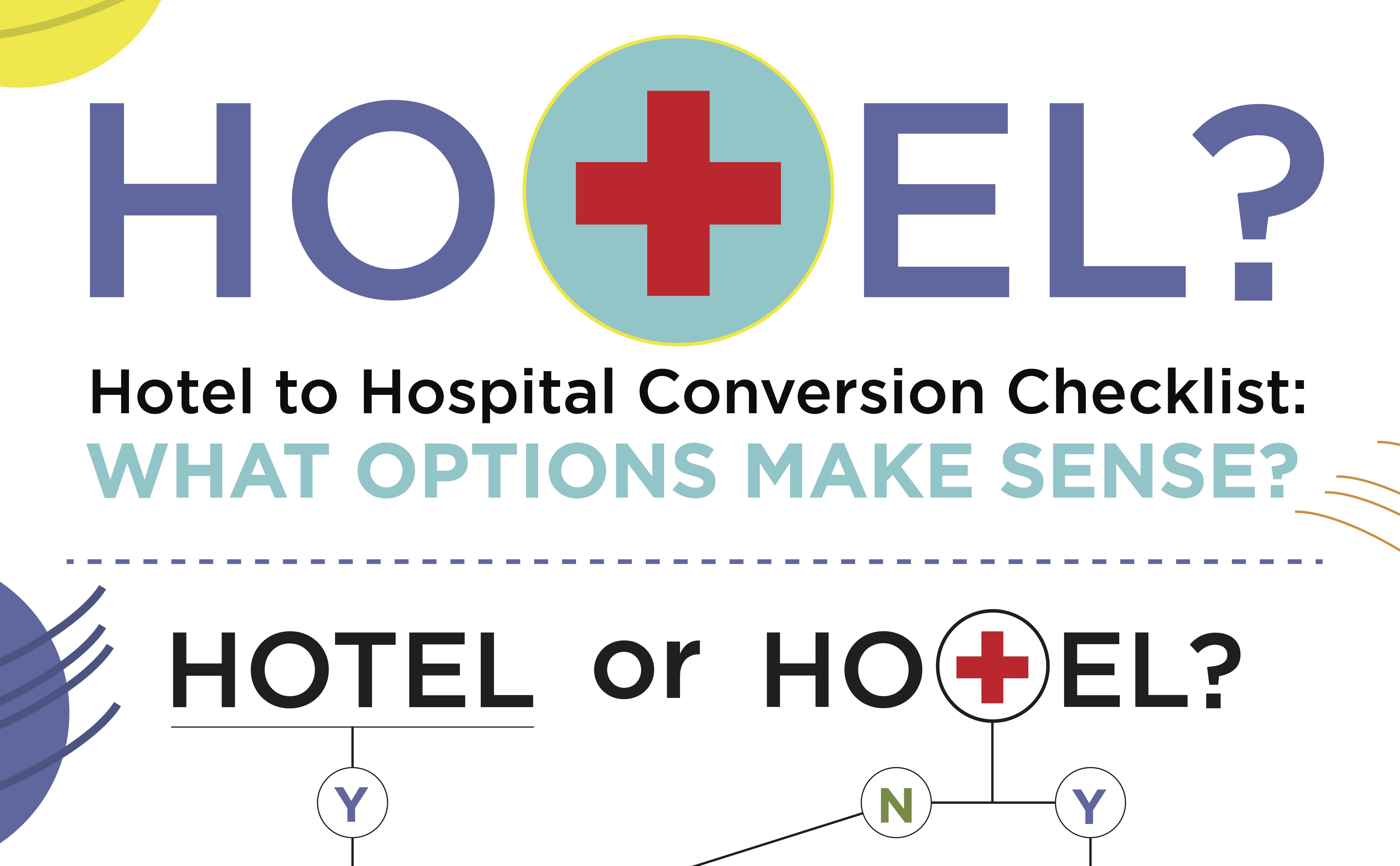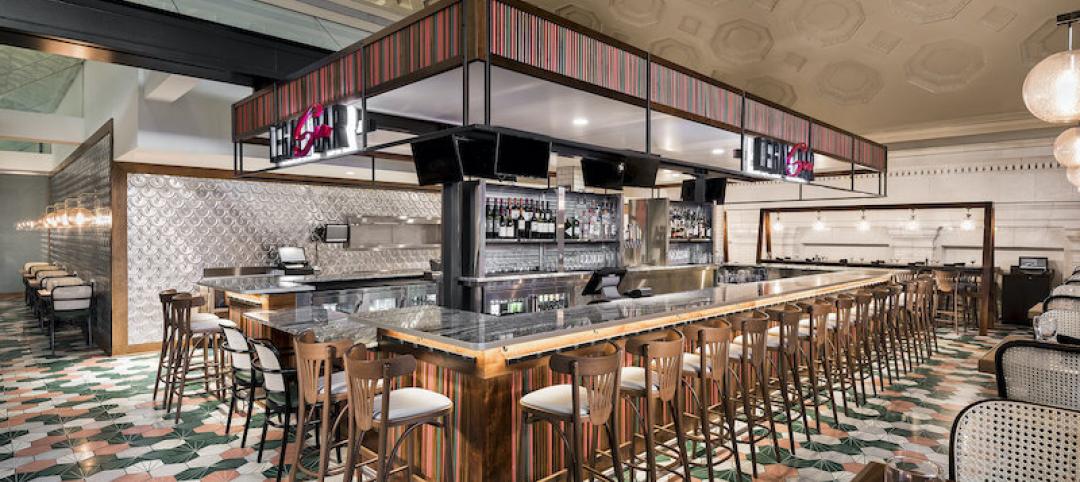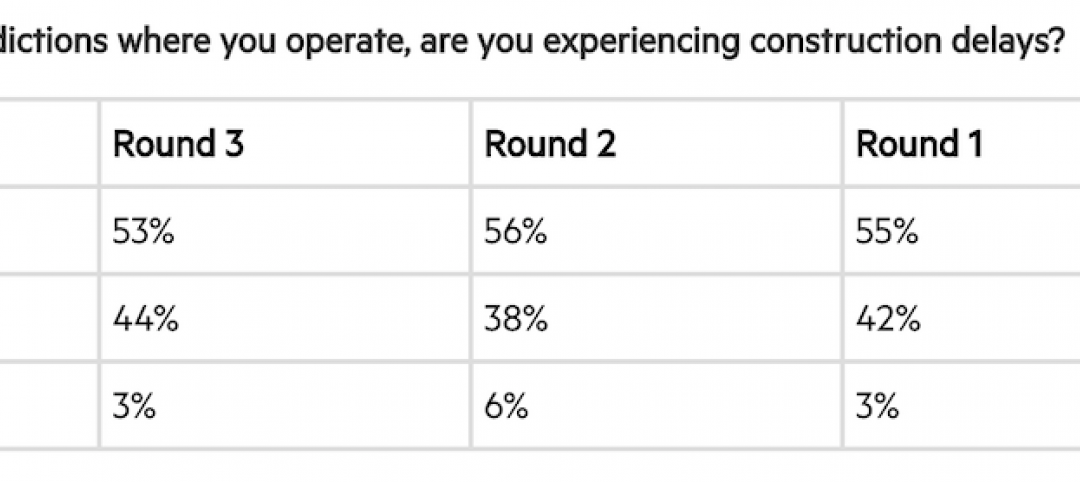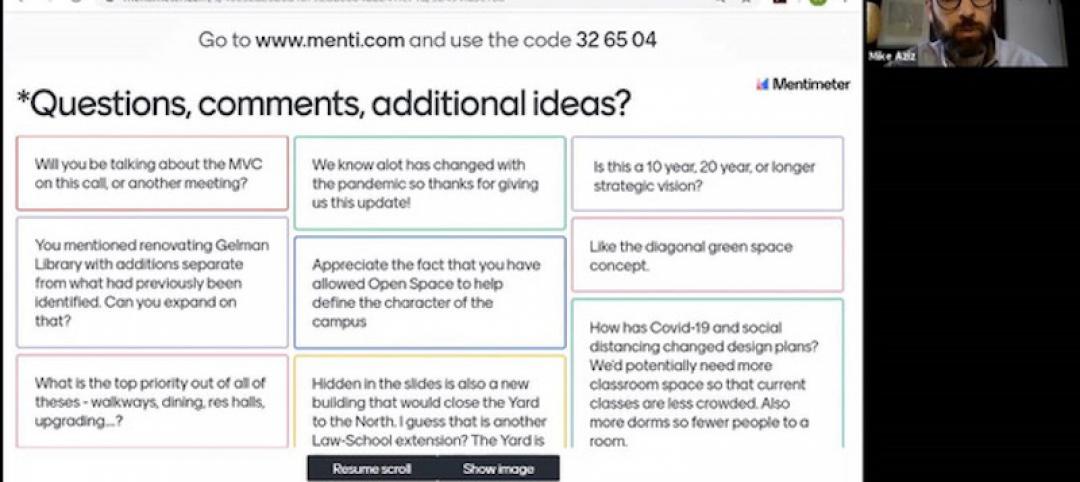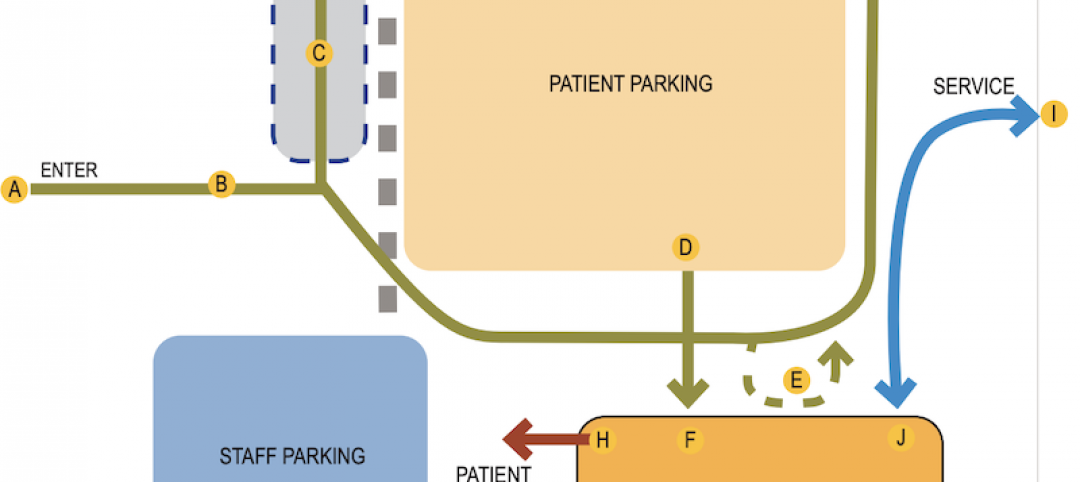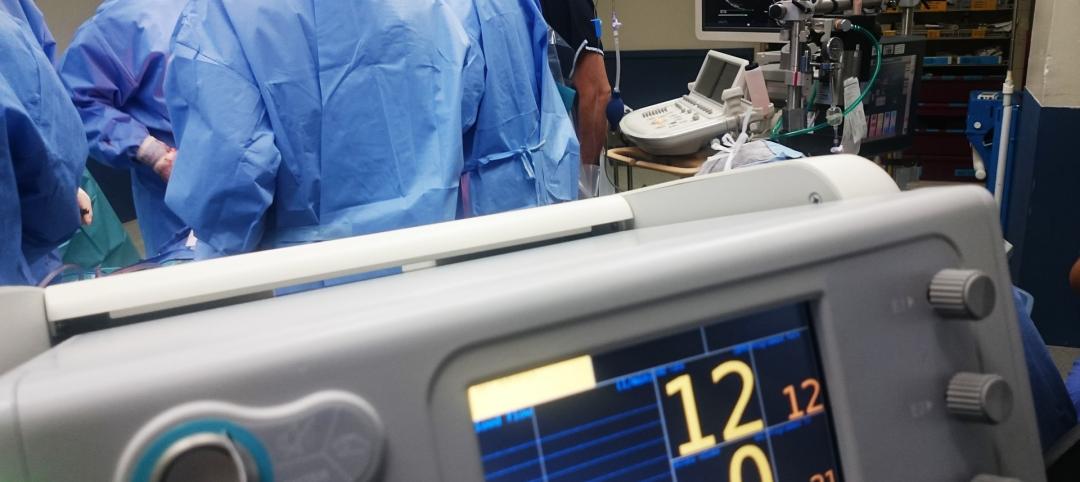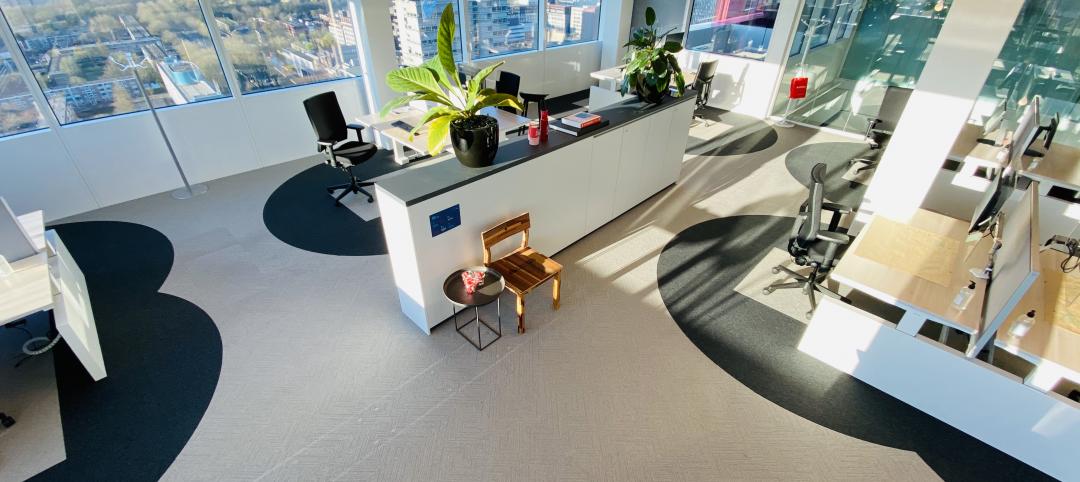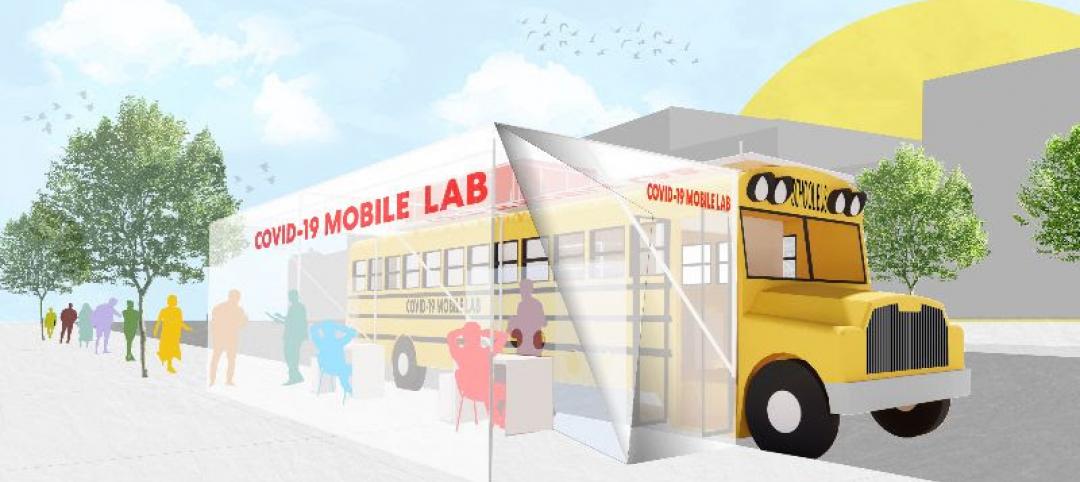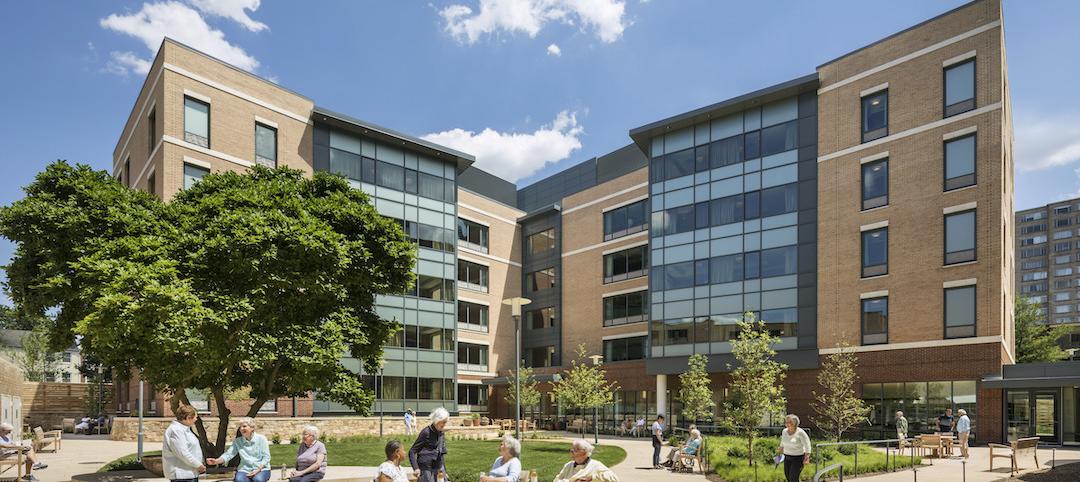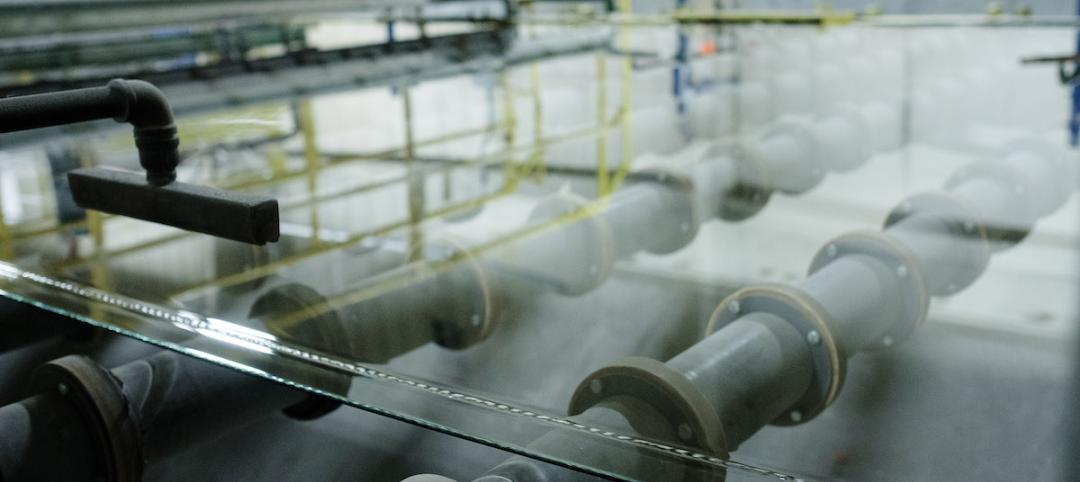The American Hospital Association estimates that the U.S. has 924,000 hospital beds, or fewer than three beds for every 1,000 people. Less than 5% of those beds can be used for intensive-care patients.
If, as Array Advisors predicts, most states will run out of available ICU beds by the middle of this month, repurposing hotels as temporary healthcare facilities becomes more viable, even necessary, by the day.
Tvsdesign, whose team is currently the design architect on the 1.2-million-sf Javits Center expansion in New York, has put together a checklist for when hotel-to-hospital conversion options make sense (see infographic below).
The firm also has analyzed three scenarios, based on patient needs and how they can be matched with available hotels.
• Scenario 1: Non-COVID-19 positive patients in recovery from surgeries/illnesses who don’t require life-support equipment. These patients could be relocated to appropriate facilities to free up hospital beds for meeting demands related to COVID-19.
• Scenario 2: Non-COVID-19 positive patients in recovery that require specialized and powered equipment.
• Scenario 3: COVID-19 positive patients in treatment.
The firm observes that some hotels will work better than others in supporting each scenario. Cleanable surfaces, mechanical and electrical systems, nurse-call devices, and handwash sinks are all factors that might need to be added to any hotel conversion.
Tvsdesign has identified hotel room types that can support these patient scenarios, ranging from 300 to 1,000 sf of space used per patient. For instance, a standard 300-sf King Suite room in a hotel might be a best-use case for Scenario 1; a 500-sf King Suite, with additional power, could support Scenarios 1 and 2. The latter suite setup, with a full kitchen, would allow family members to stay full time with patients, and allow for the patient to have an extended recovery period.
Option three would be a 600-sf standard King that could work for Scenario 3. A connecting room could be used as an ante room to maintain necessary pressure levels in the isolation room, and act as a nurse’s station. Before any conversion, the owner should consult with a mechanical engineer for adjustments to the room’s HVAC system.
Option 4, a 1,000-sf King Suite with the same setup as Option 3, also works for Scenario 3.
“Based on our analysis, we believe that hotels can easily be used to care for COVID-19 negative patients who may be in recovery and not requiring intensive care,” states tvsdesign. “The most practical and cost-effective approach is to divert patients from hospitals to hotel rooms as possible, increasing capacity within hospitals for the most critically ill patients.”
(CLICK INFOGRAPHIC TO ACCESS FULL-SIZE VERSION)
Related Stories
Coronavirus | May 27, 2020
Clean is the new Green as U.S. hospitality sector inches closer to reopening
Three design firms share their takes on what will make customers more comfortable about returning.
Coronavirus | May 26, 2020
Multifamily developers report mounting delays in permitting and starts due to coronavirus pandemic
More than half (53%) of multifamily developer respondents reported construction delays in the jurisdictions where they operate, according to the third edition of the National Multifamily Housing Council (NMHC) COVID-19 Construction Survey.
Coronavirus | May 26, 2020
9 tips for mastering virtual public meetings during the COVID-19 pandemic
Mike Aziz, AIA, presents 9 tips for mastering virtual public meetings during the COVID-19 pandemic.
Coronavirus | May 22, 2020
Designing a health facility for the next pandemic
Planning with intent is the key to readiness, states Eppstein Uhen Architects, the guide’s author.
Coronavirus | May 22, 2020
COVID-19: Healthcare designers look to the future of medical facilities in light of coronavirus pandemic
The American College of Healthcare Architects (ACHA) has released the key findings of a survey of its members revealing their insights on the future of healthcare architecture and the role of design in the context of the COVID-19 healthcare crisis.
Coronavirus | May 18, 2020
Will empty hotels provide an answer for affordable housing shortage?
A Los Angeles-based startup sees the Midwest as most fertile for adaptive reuse.
Coronavirus | May 18, 2020
Infection control in office buildings: Preparing for re-occupancy amid the coronavirus
Making workplaces safer will require behavioral resolve nudged by design.
Coronavirus | May 18, 2020
Global design firms collaborate on new COVID-19 mobile testing lab to bring testing to vulnerable communities worldwide
Perkins and Will, Schmidt Hammer Lassen Architects, and Arup Group develop scalable solutions for increased testing capacity within high-density and under-served neighborhoods.
Coronavirus | May 11, 2020
Experts offer a 13-point plan to reduce coronavirus deaths in nursing homes
Two nationally recognized experts in the design of senior living facilities offer a 13-point plan to protect our frailest citizens.
Glass and Glazing | May 8, 2020
Vitro Architectural Glass releases guide on decontaminating glass surfaces
The five-page technical document offers methods for cleaning and sanitizing glass surfaces.


